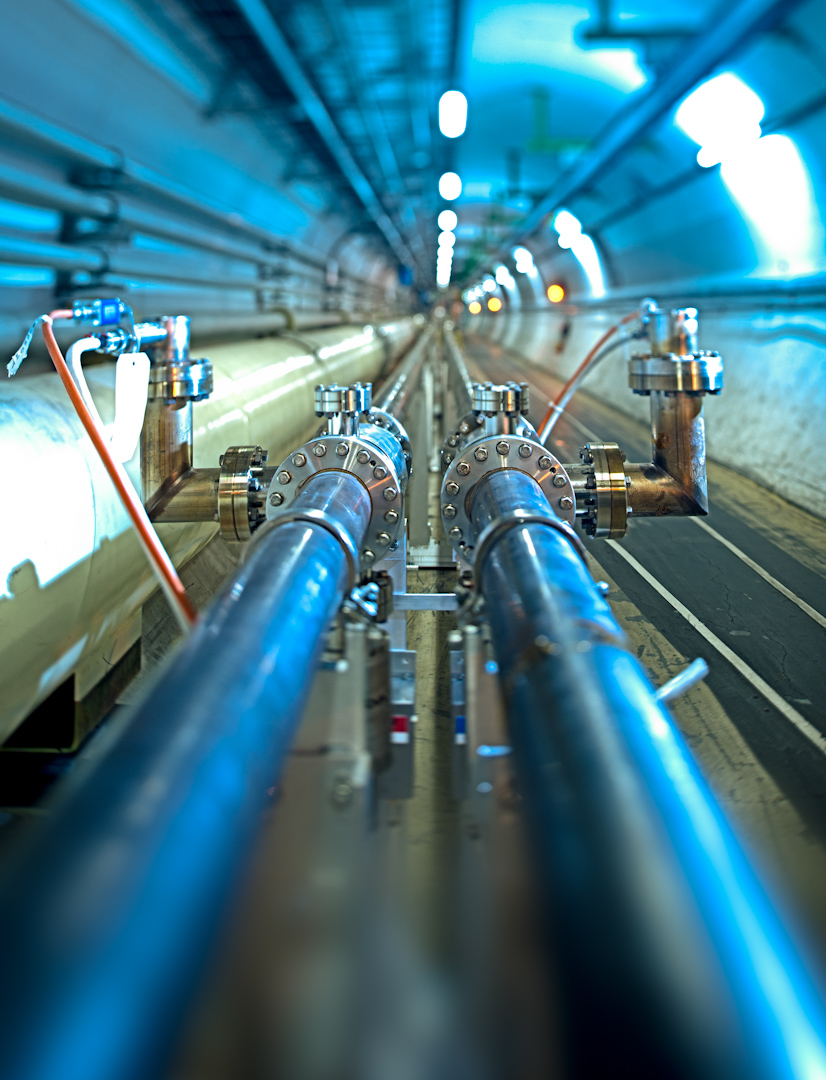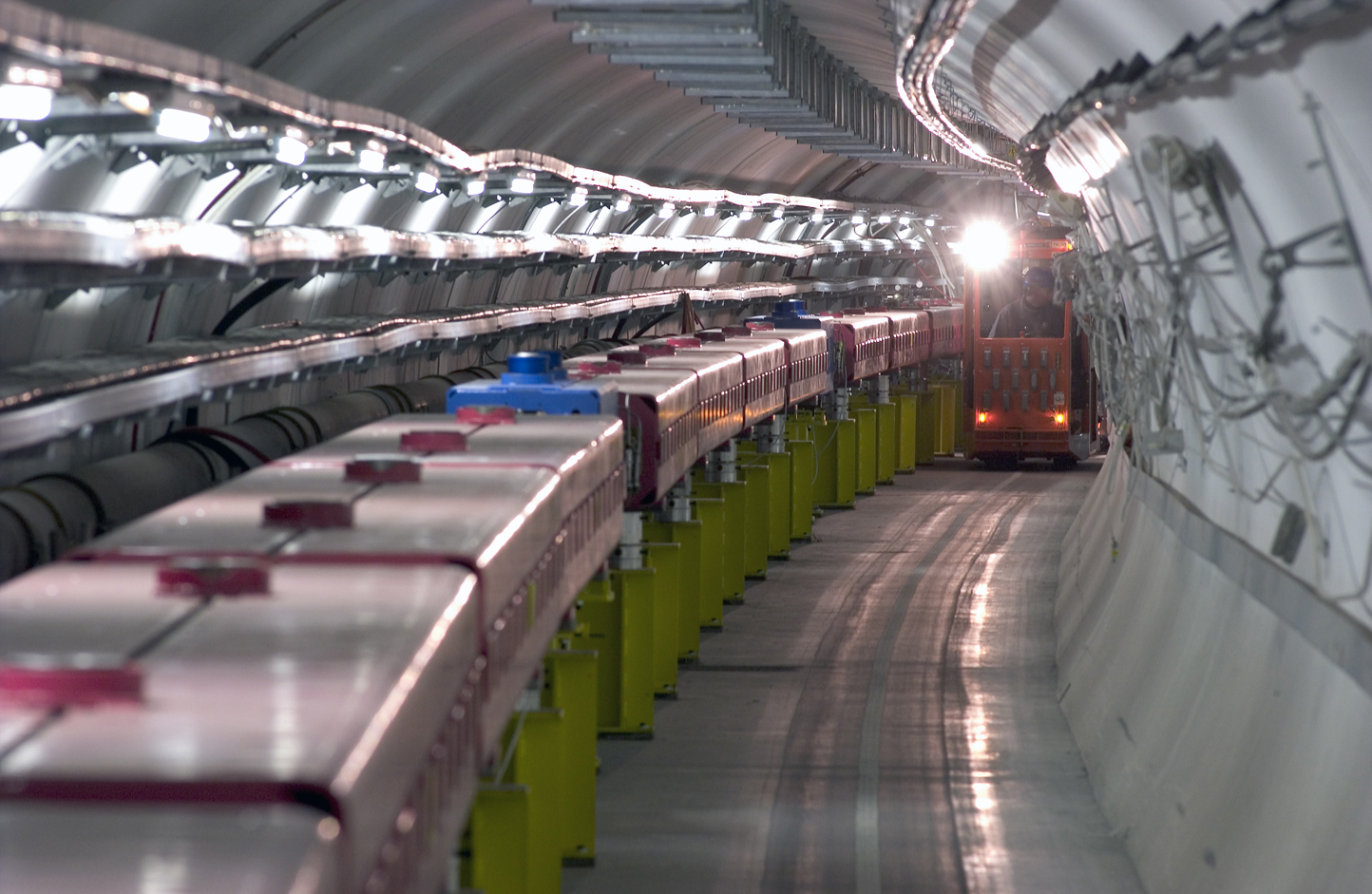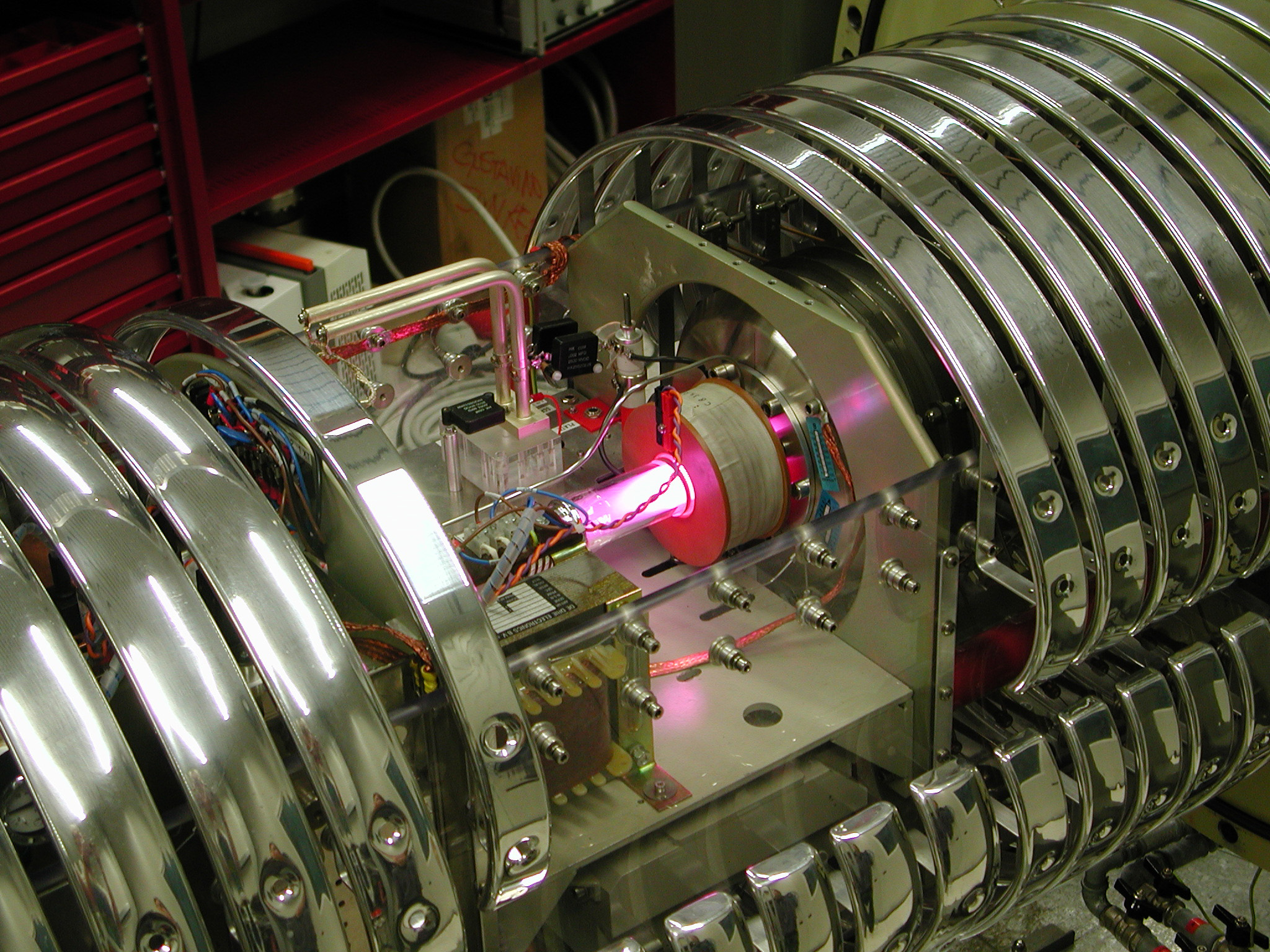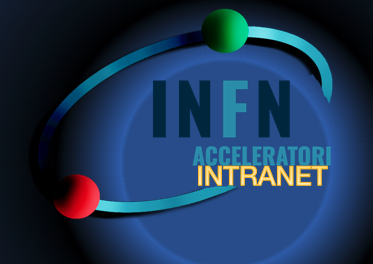SEMINARIO ACCELERATORI n 18- 13.10.2023
at 15.00
speaker is
Dr. Lorenzo Neri
PIC modeling proton sources
Abstract:
The requirements for future accelerator chains need to increase the injected beam brilliance significantly, still keeping high the beam quality in terms of reliability, reproducibility and stability. A roadmap for ion source development may consist of several steps: plasma simulation, multiphysics simulation of each system component, high-level control system, plasma characterisation, beam characterisation, data analysis and, again, plasma simulation. The cycle starts and ends with plasma simulation because it is the instrument that shows how different phenomena take part in the plasma and beam formation and because, in such a way, the accuracy grows with each cycle. Commercial multiphysics simulation tools are essential for adequately designing all ion source equipment: magnets, intense electrostatic field regions, microwave propagation and coupling, thermal dissipation and vacuum. The dependence of source performances from source parameters (magnetic field profile, gas pressure, microwave power) has been widely investigated using a high-level control system* able to test tens of thousands of source configurations without human interaction. This kind of characterisation allowed us to identify a new magnetic configuration, High Stability Microwave Discharge Ion Sources**, that produces a beam with high stability, intensity and brilliance. The plasma simulation tool we developed discloses the role of two types of electrostatic waves in plasma formation and their correlation to stability. The simulation provides a complete view of ions and electrons energy and density distributions, the formation of the plasma meniscus and the beam extraction. The paper will present the results obtained with this development procedure on Microwave Discharge Ion Sources and how we started to apply it to the Electron Cyclotron Resonance Ion Sources development.
Agenda Indico:
















